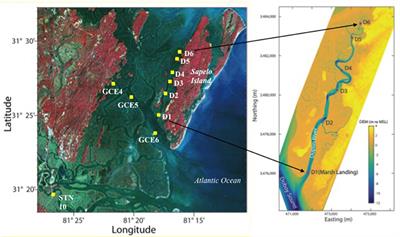- Joined
- Mar 23, 2018
- Messages
- 159
- Reaction score
- 84
So I've been battling dinos for a long time now and have tried lots of things. One thing that I've not tried that I see people use is hydrogen peroxide.
The dosing I'm talking about is 1ml per 1 gallon of tank water with a 3% H2O2 solution.
I'm no chemist, (mostly just a curious computer science nerd), but I'm not sure how this could actually do anything to dinos.
H2O2 is an indiscriminate oxidizer right? It's going to oxidize any organic matter it encounters, dinos are organics, but so are lots and lots and lots of other things in your aquarium.
Since it's indiscriminate, it seems to me a dose that's safe for your coral is also going to be safe for your dinos. After all, dinos form cysts and mucus mats that would protect them right?
Anybody what to help me understand how H2O2 could possibly target dinos, or how an indescriminate killer might be strong enough to kill dinos but not strong enough to harm coral or your vulnerable bacteria populations?
The dosing I'm talking about is 1ml per 1 gallon of tank water with a 3% H2O2 solution.
I'm no chemist, (mostly just a curious computer science nerd), but I'm not sure how this could actually do anything to dinos.
H2O2 is an indiscriminate oxidizer right? It's going to oxidize any organic matter it encounters, dinos are organics, but so are lots and lots and lots of other things in your aquarium.
Since it's indiscriminate, it seems to me a dose that's safe for your coral is also going to be safe for your dinos. After all, dinos form cysts and mucus mats that would protect them right?
Anybody what to help me understand how H2O2 could possibly target dinos, or how an indescriminate killer might be strong enough to kill dinos but not strong enough to harm coral or your vulnerable bacteria populations?






















